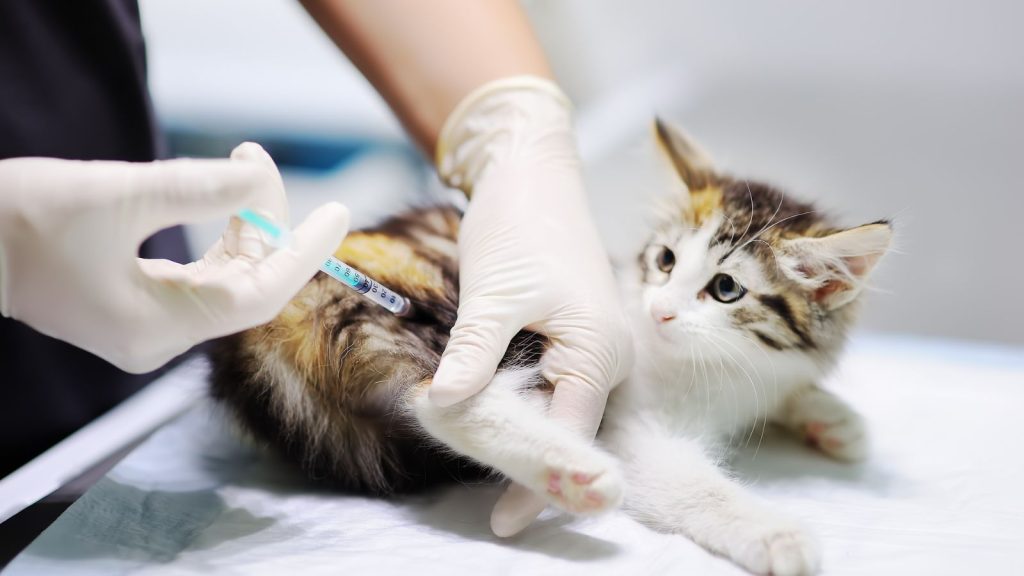Introduction to Cat Ownership
Welcoming a furry feline into your home is not just about the cuddles and purrs; it involves a deep understanding of their needs and behaviors to ensure a harmonious living situation for both pet and owner. This guide dives into the essentials of cat care, from nutritional needs to grooming and health checks, ensuring your journey as a cat owner is both rewarding and fur-tastic.
Diet
A well-balanced diet is the cornerstone of a cat’s health, providing the necessary nutrients for energy, growth, and a vibrant coat. Cats thrive on high-quality protein sources, which are fundamental for muscle maintenance and overall bodily functions. Essential fatty acids, particularly omega-3 and omega-6, are crucial for preventing dry skin, reducing inflammation, and ensuring a shiny coat. Incorporating these dietary elements supports not only their physical health but also promotes a glossy and healthy fur coat.
Grooming

Regular grooming transcends beyond cleanliness; it’s a ritual that fortifies the bond between you and your cat. This process eliminates loose hair, prevents matting, stimulates blood flow, and evenly distributes natural oils throughout the coat, ensuring it remains lustrous and healthy. Long-haired breeds may require more frequent grooming sessions to avoid tangles and matting, highlighting the importance of a tailored grooming routine.
Bathing
Though cats are self-sufficient in grooming, certain conditions necessitate a bath, such as exposure to excessive dirt or specific skin issues. Consultation with a veterinarian is advised to determine the necessity and frequency of baths, ensuring the use of feline-friendly shampoos that safeguard their coat’s natural oils. Overbathing can strip these oils, leading to dry, irritated skin, thus moderation is key.
Hydration

Proper hydration is essential for a cat’s overall health and the condition of its coat. Fresh, clean water should be readily available, and employing water bowls that encourage drinking, such as those mimicking running water, can be particularly effective for cats that prefer moving water. This simple yet crucial practice aids in maintaining optimal hydration levels, and supporting kidney function and skin health.
Environmental Stimulation
An enriched environment is vital for a cat’s mental and physical well-being. Toys, scratching posts, and interactive play not only entertain but also stimulate your cat, reducing stress and the likelihood of over-grooming behaviors that can damage their coat and lead to hairballs. Such stimulation is key to preventing behavioral issues and ensuring a healthy coat.
Regular Vet Check-ups
Routine check-ups with a veterinarian play a pivotal role in identifying and addressing any underlying health issues that may affect your cat’s coat and overall health. Early detection of allergies, parasites, or hormonal imbalances allows for timely treatment, ensuring your cat remains healthy and their coat vibrant and full.
Patience and Love
Creating a loving and stress-free environment for your cat is invaluable. Your affection and attention not only bolster their emotional well-being but also contribute to a healthy, shiny coat. The quality time spent together reinforces your bond and is instrumental in providing a nurturing atmosphere conducive to their overall health.
General Coat Health

A cat’s coat is a reflection of its overall health. A comprehensive care approach, encompassing a proper diet, routine grooming, adequate hydration, environmental enrichment, and regular veterinary oversight, along with abundant love and patience, ensures the maintenance of a shiny, healthy coat. Adhering to these guidelines fosters not only physical well-being but also a strong, affectionate relationship, enriching the lives of both pet and owner.
FAQ’s
How often should I change my cat’s water to ensure they’re properly hydrated?
Clean, fresh water should be available at all times, and it’s advisable to change the water at least once a day. For cats that prefer running water, consider using a cat water fountain, which can encourage them to drink more frequently.
Can grooming affect my cat’s mood?
Absolutely. Regular grooming sessions not only help maintain a healthy coat but also serve as a bonding experience between you and your cat. These sessions can have a calming effect on your cat, reducing stress and promoting emotional well-being.
What’s the best way to introduce new toys to my cat to keep them stimulated?
Introduce new toys gradually and observe your cat’s reaction to each. Some cats may be intrigued by toys that mimic prey, such as feather wands or mice, while others might prefer interactive toys. It’s important to rotate the toys regularly to keep your cat’s environment stimulating and engaging.
How can I tell if my cat is dehydrated?
Signs of dehydration in cats include lethargy, dry gums, and decreased skin elasticity. If you suspect your cat is dehydrated, it’s essential to increase their water intake and consult a veterinarian for further advice.
When should I start grooming my kitten?
Introducing grooming at a young age can help your kitten become accustomed to the process, making it easier as they grow. Start with gentle brushing sessions, gradually increasing the duration as they become more comfortable.
Is it necessary to take my cat to the vet even if they seem healthy?
Yes. Routine veterinary check-ups are crucial for maintaining your cat’s health. These visits allow for early detection and treatment of potential issues, vaccination updates, and professional advice on diet, grooming, and general care.
How can I make my home more cat-friendly?
Creating a cat-friendly environment involves providing safe, comfortable spaces for your cat to rest, hide, and play. This includes setting up scratching posts, cat trees for climbing, cozy beds, and ensuring your home is free from hazards that could harm your cat.

l7kqv3
avntbr